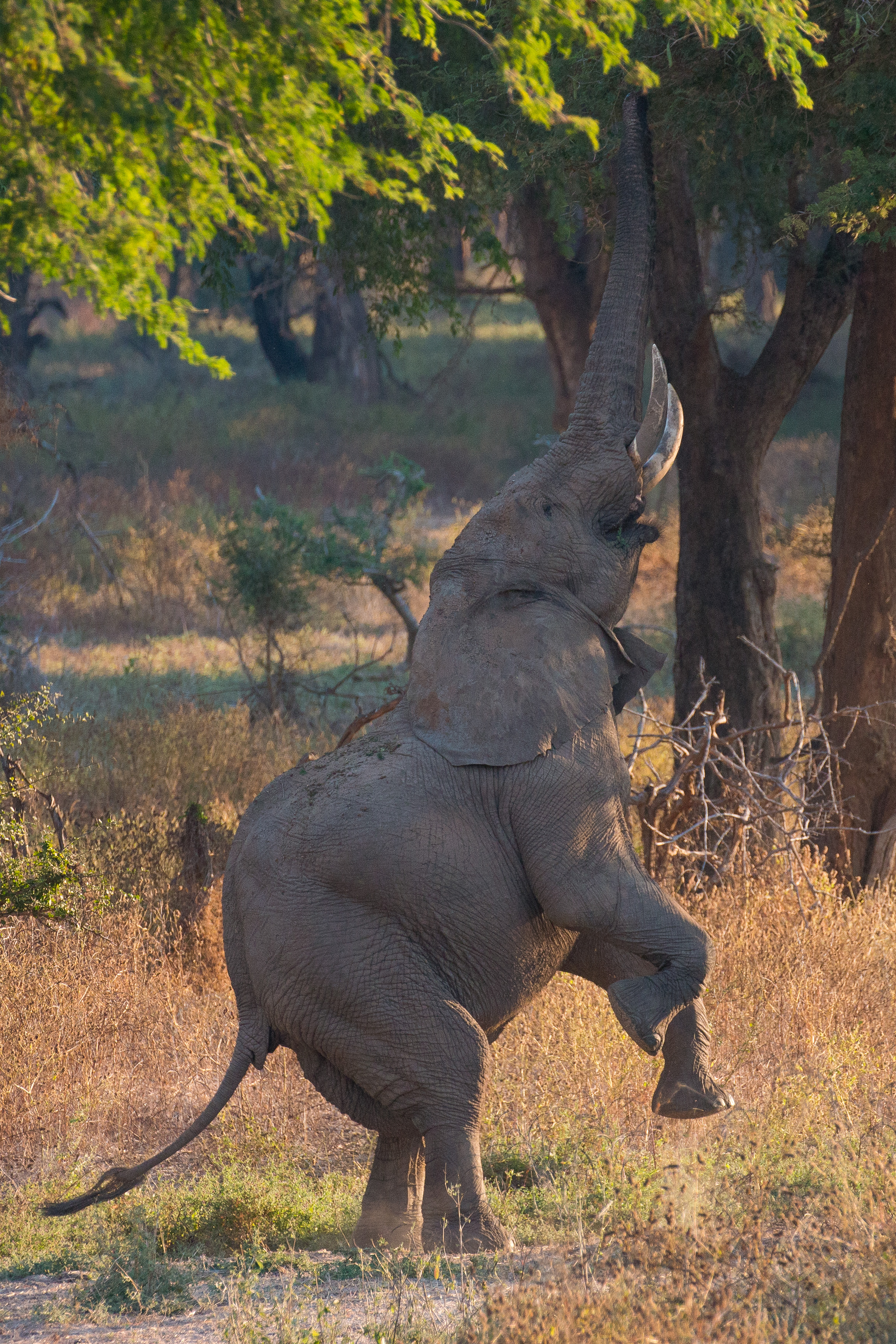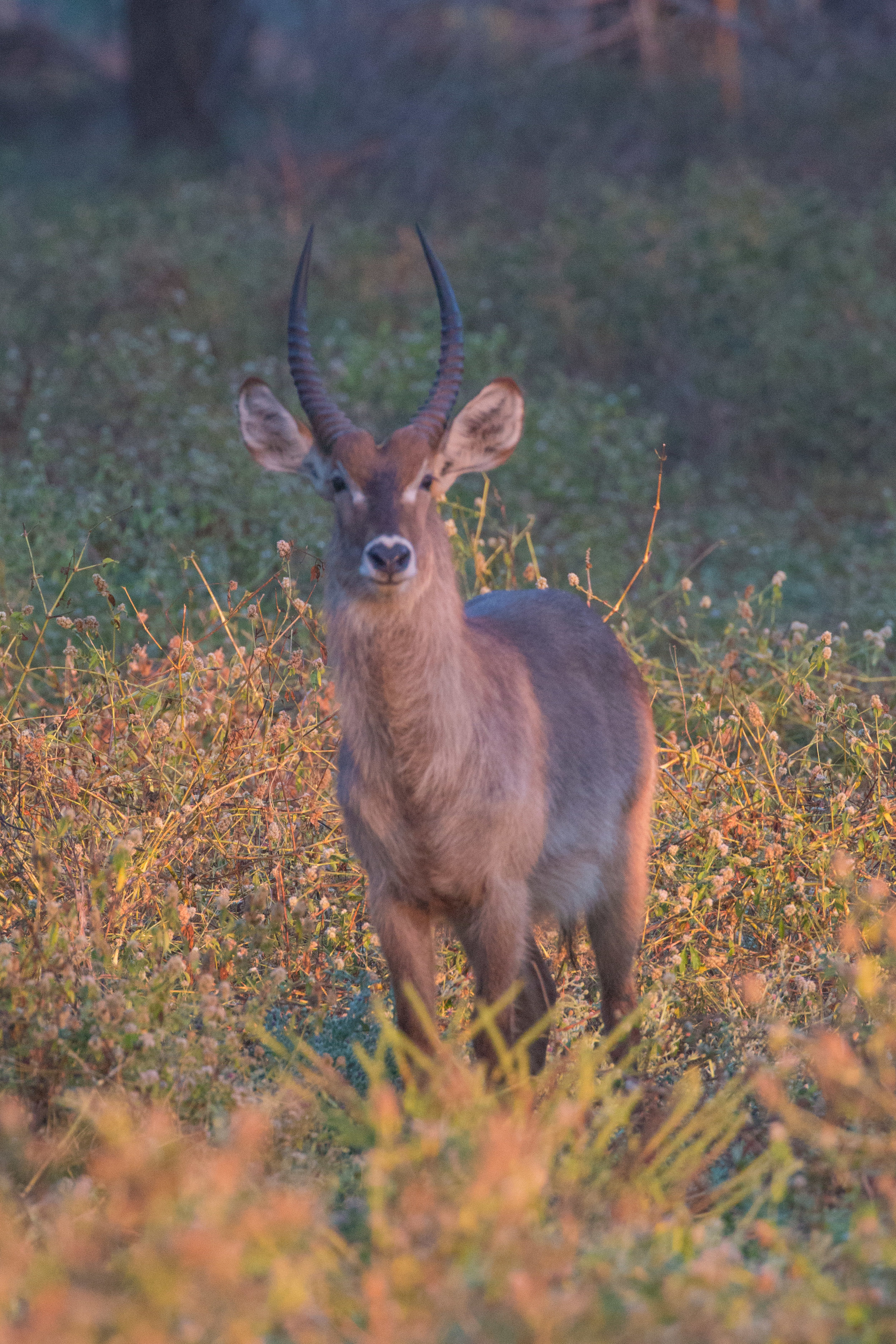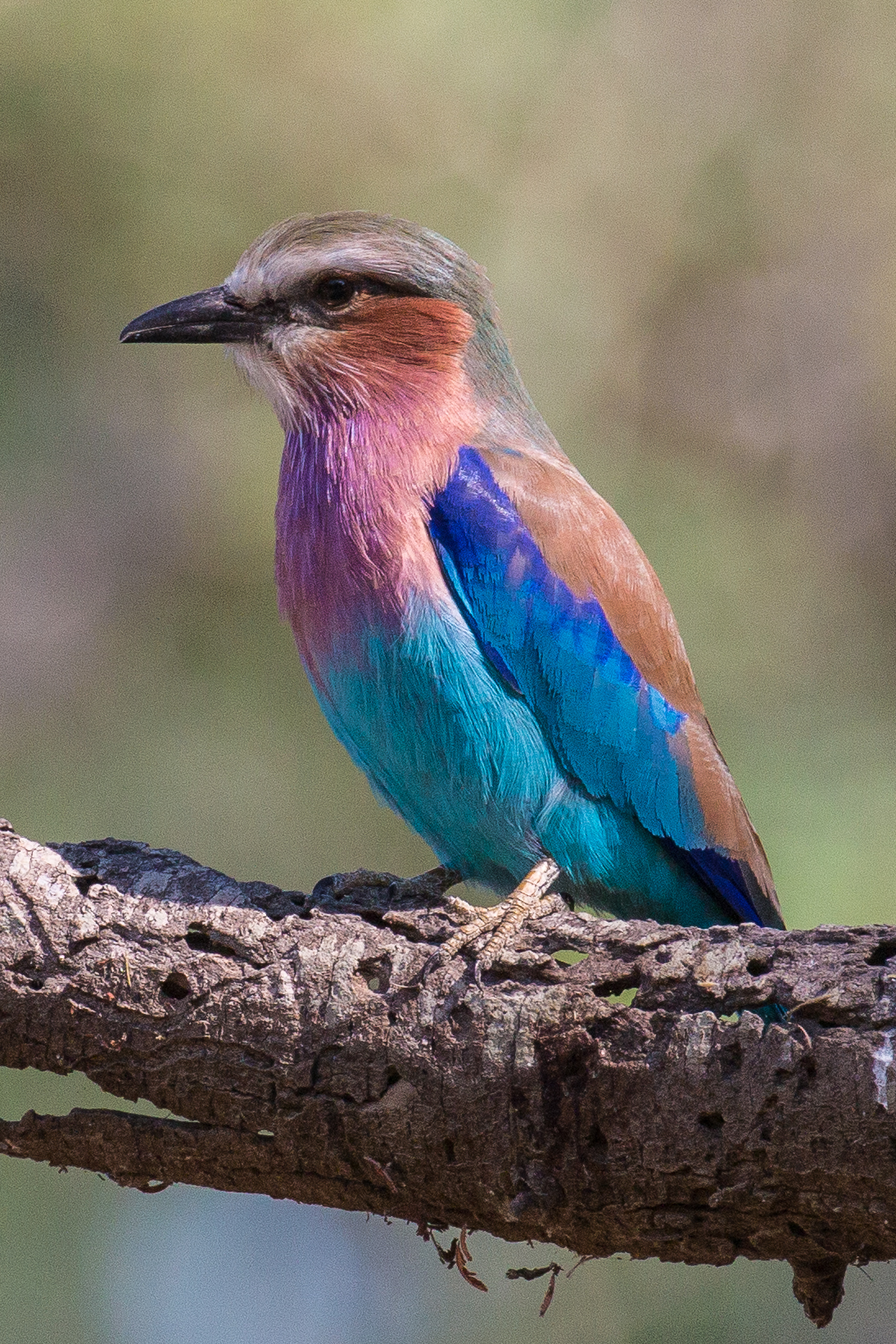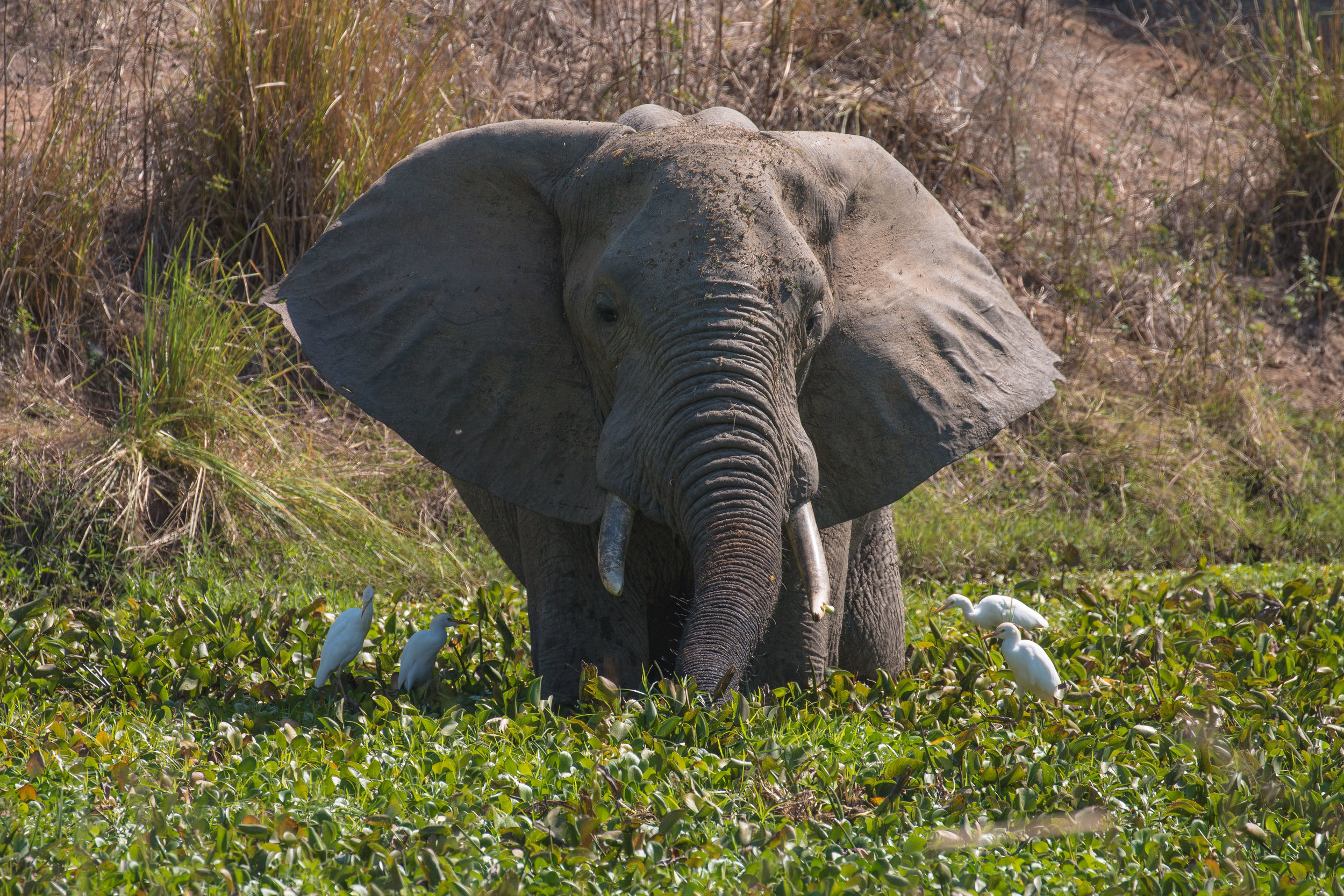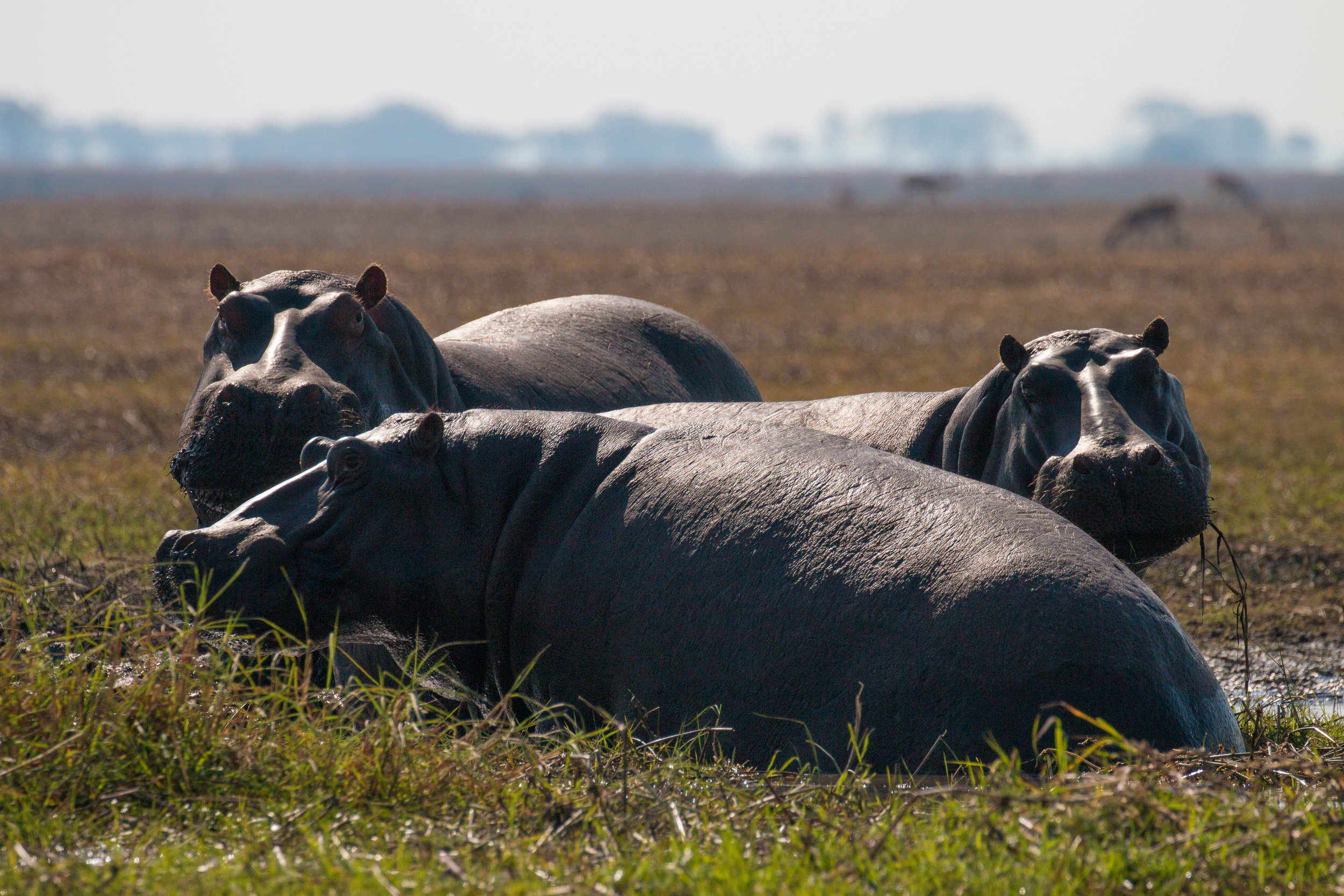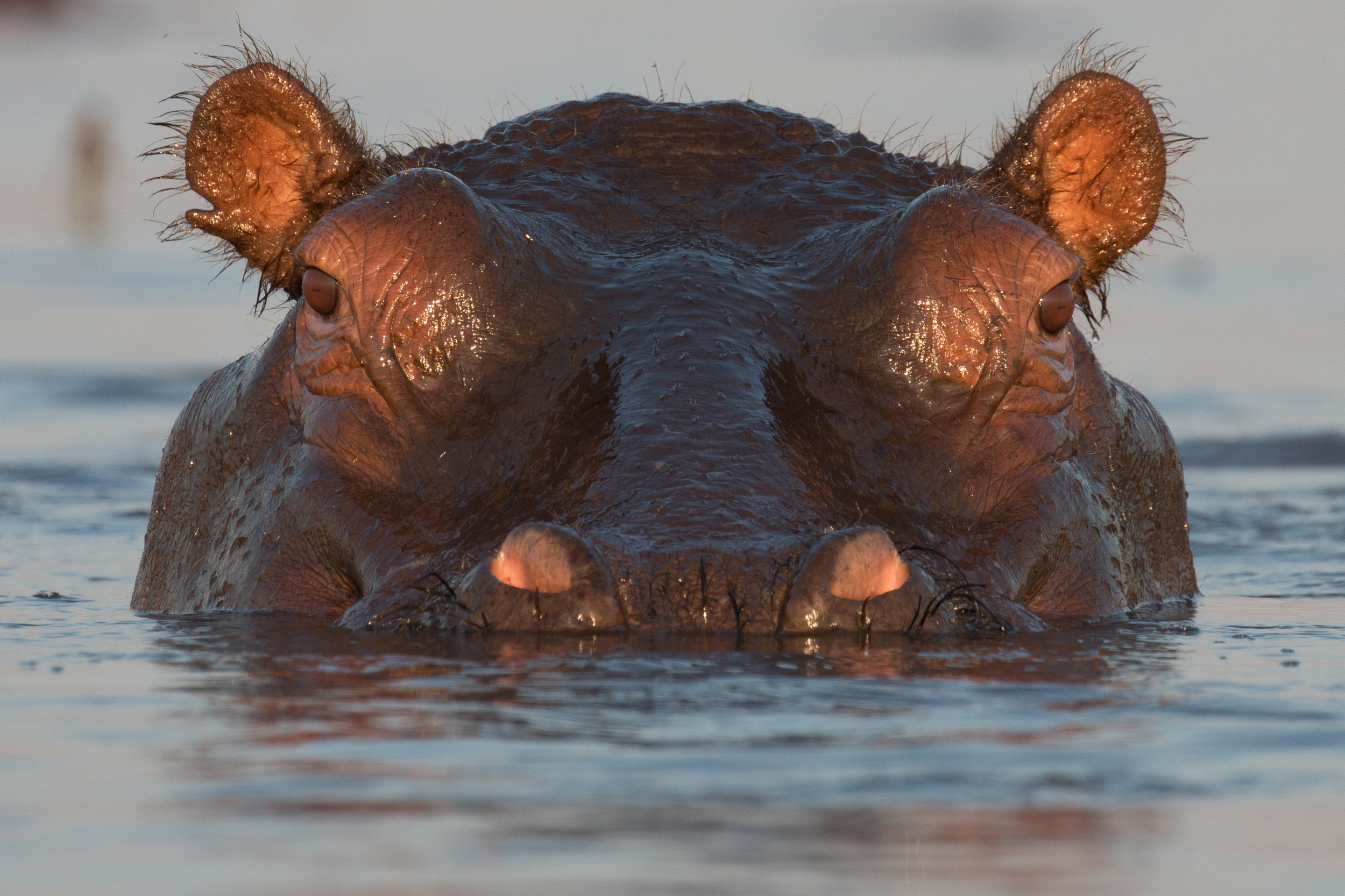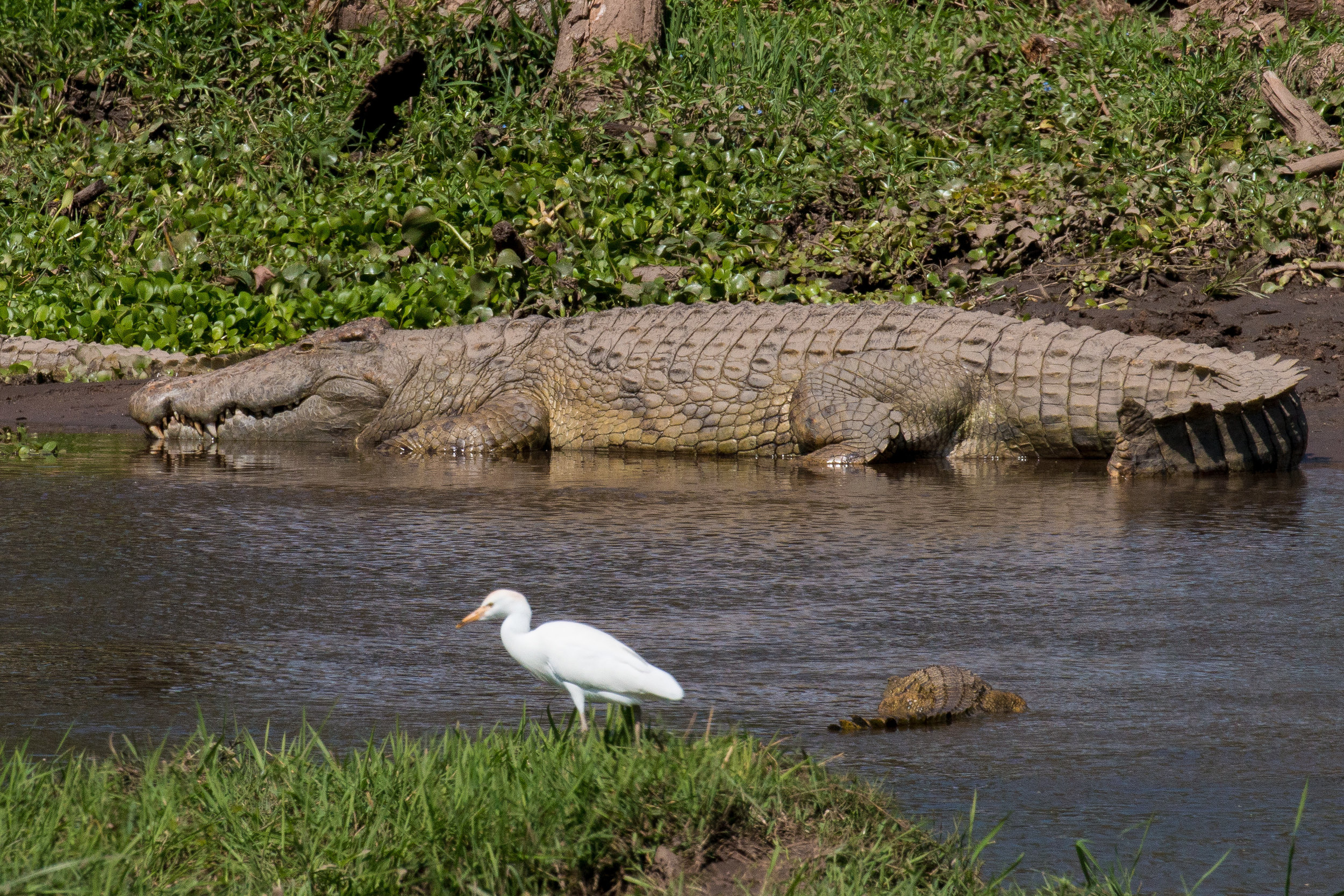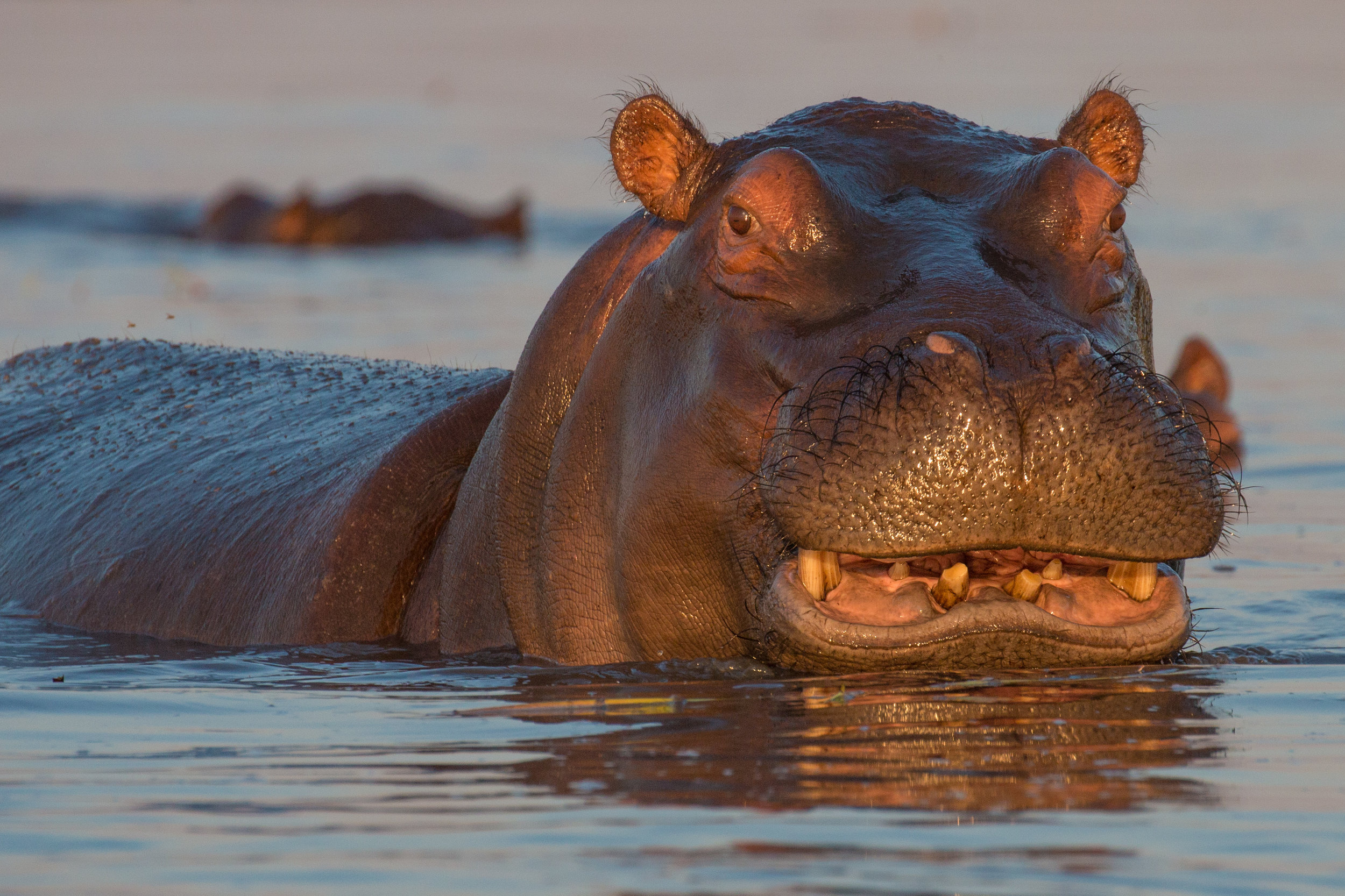African Safari - Lower Zambezi National Park, Zambia
It is 7:50pm and we are late for dinner...
We are racing along in our safari Ferrari, our trusty driver and guide Sebastian at the helm, bouncing and twisting along the narrow dirt trails in the dark. We are supposed to be “out” of the national park by 8:00pm, but we have been held up by a seemingly never-ending display of the Lower Zambezi’s finest wildlife – elephants walking in front of the setting sun, lions chasing hyenas, and leopards literally everywhere! It is our last evening in the Lower Zambezi, and we have been truly spoilt here – big cats, impala & puku, baboons and monkeys, buffalo and elephants, hippos and crocodiles, as well as the smaller mammals – hyenas, jackals, serval, civet, mongoose & porcupine. We laugh as we race along in the darkness, discussing our success. The only thing we haven’t seen, we jokingly decide, is an aardvark. Moments later, Sebastian slams on the brakes – there in his torchlight – an aardvark!
The nearby hyena (out of picture) was of no concern to this mother and her cub!
The Lower Zambezi National Park is, along with South Luangwa National Park, one of the prime wildlife destinations of Zambia, if not of Africa. Less hyped than parks in Botswana, South Africa and Tanzania, there is still an abundance of game, while the lack of publicity means a relative lack of visitors, and sightings are blissfully uncrowded and, more often than not, exclusive.
The park is located on the southeastern edge of Zambia, where the Zambezi River meanders through the Lower Zambezi Valley, creating a fertile floodplain on both sides of the river – on the Zambian side this is the Lower Zambezi, while on the Zimbabwean side it is Mana Pools National Park. The land is dotted with acacia trees and low woodland, and filled with herds of elephants, buffalo and antelope, creating a rich feeding ground for carnivores – there are multiple prides of lions and a bounty of leopards, who relish the sanctuary provided by the low-limbed trees. And recently, a cheetah has been spotted within the park (the first in many years) – on our first afternoon we were lucky enough to see him at a distance, but the next day were amazed to come across him at close quarters as he guarded a gruesome kill.
Despite multiple African safaris in recent years, we had not yet been fortunate enough to see a leopard in Africa (although we had been successful in Yala National Park in Sri Lanka). Whilst the South Luangwa National Park rectified that situation, it was not until we came to the Lower Zambezi that we really hit the leopard jackpot. On some outings we were almost literally tripping over leopards – leopards in trees, leopards crossing the road, leopards being chased by lions, leopards posing regally on anthills, leopard mums with leopard cubs. At all of these encounters, we were the only observers, or perhaps with just one other vehicle from our lodge (Old Mondoro), for a truly intimate experience. And despite the paucity of humans in the area, the animals were unafraid of our vehicles, making for fabulous viewings.


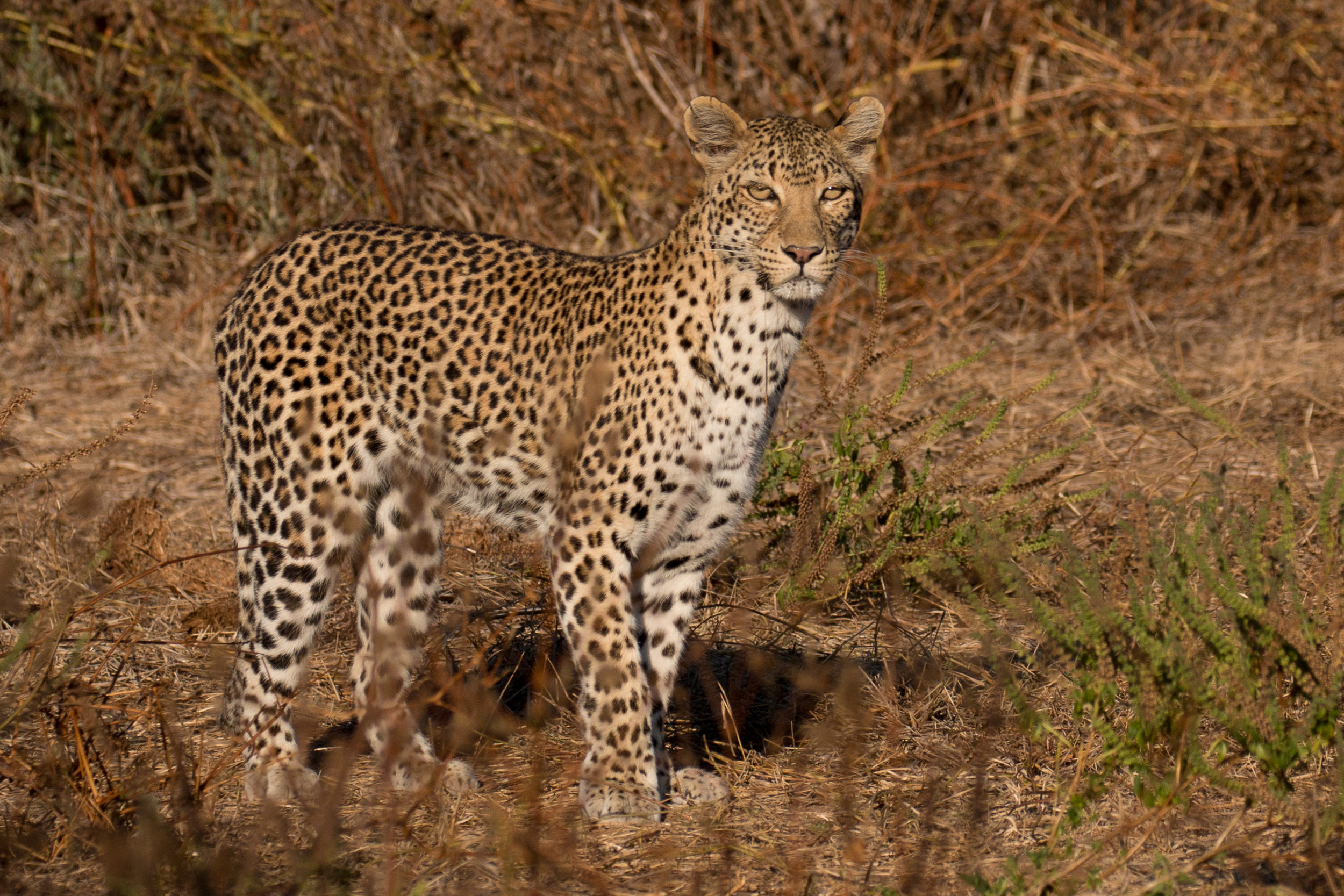
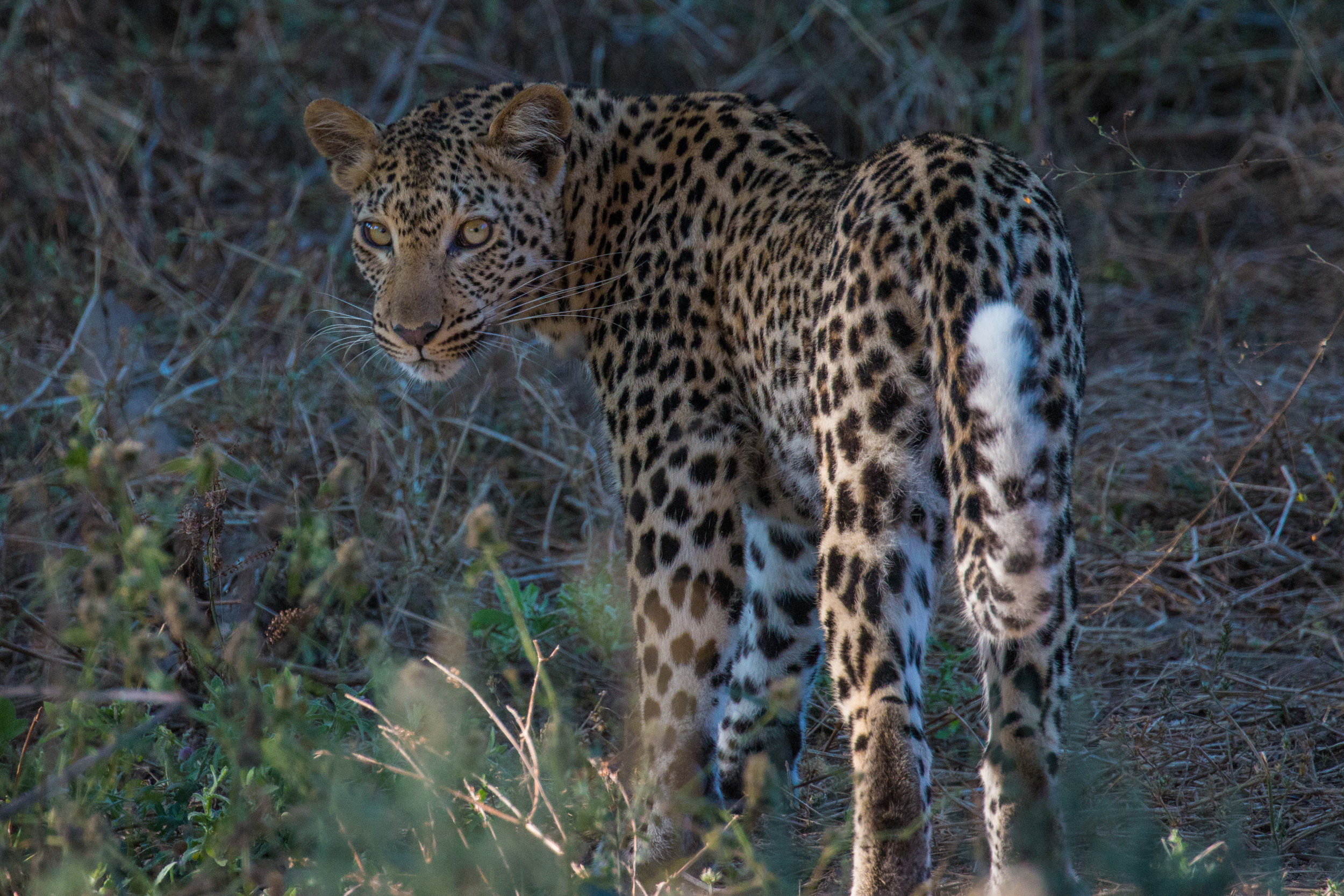
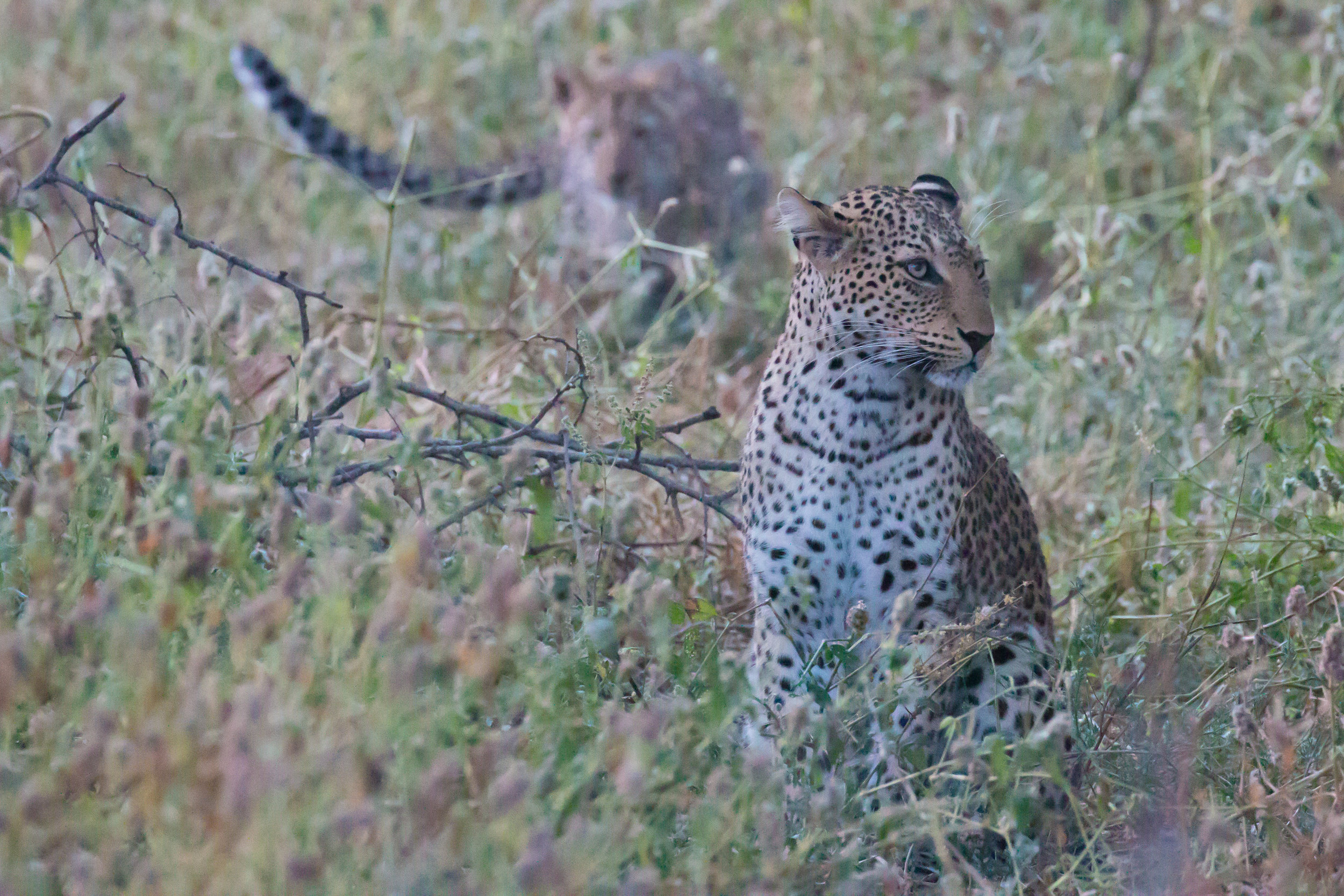
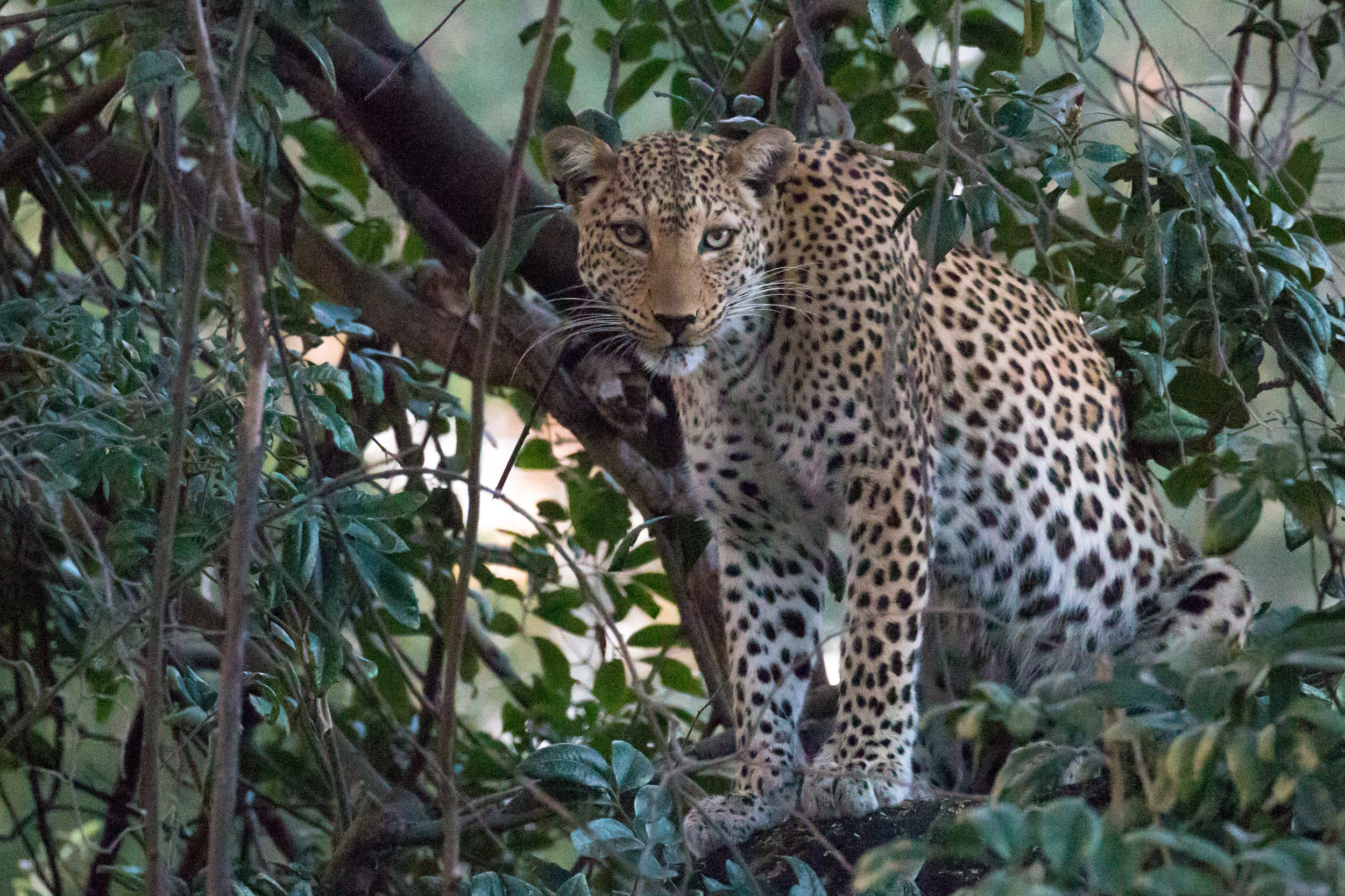
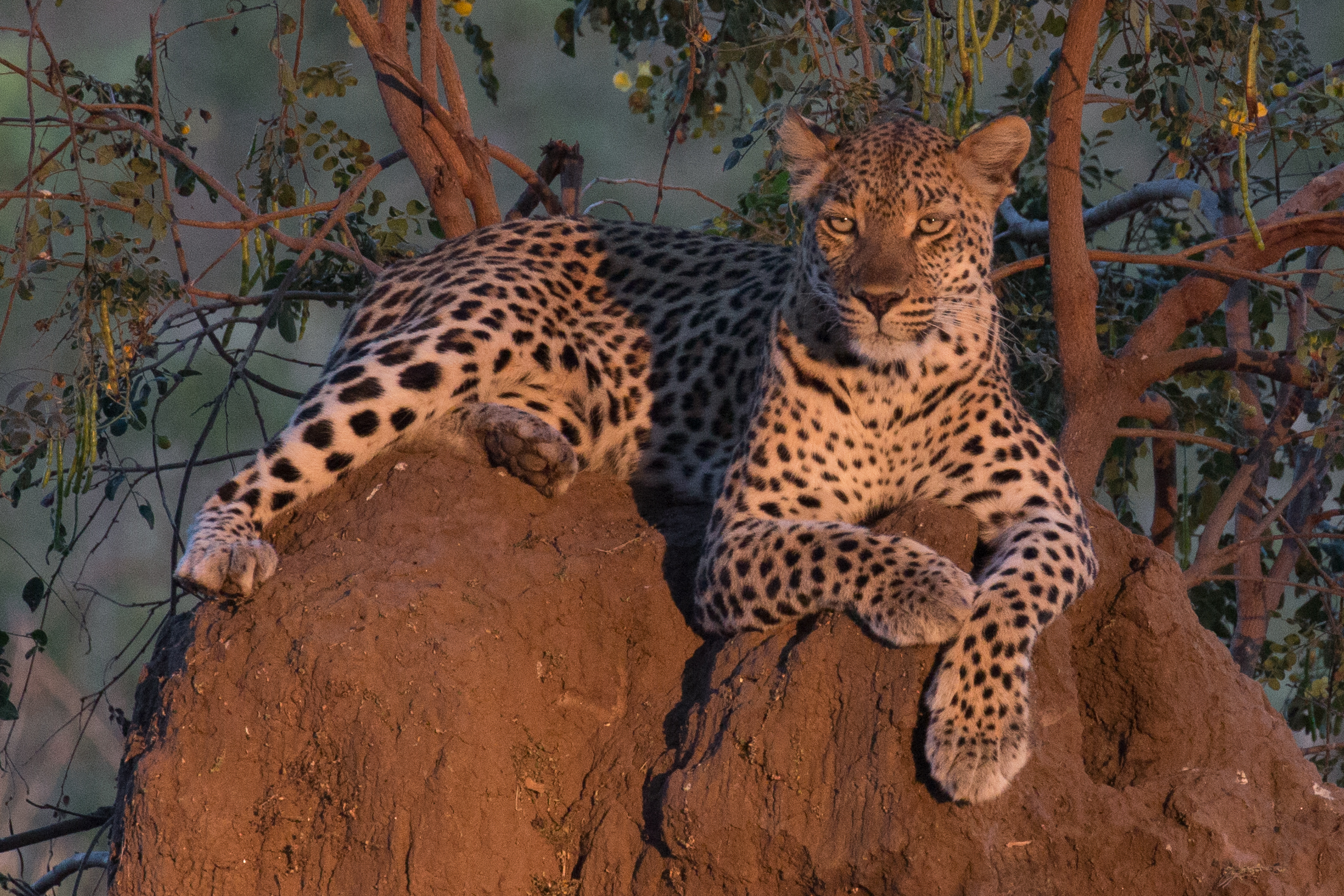


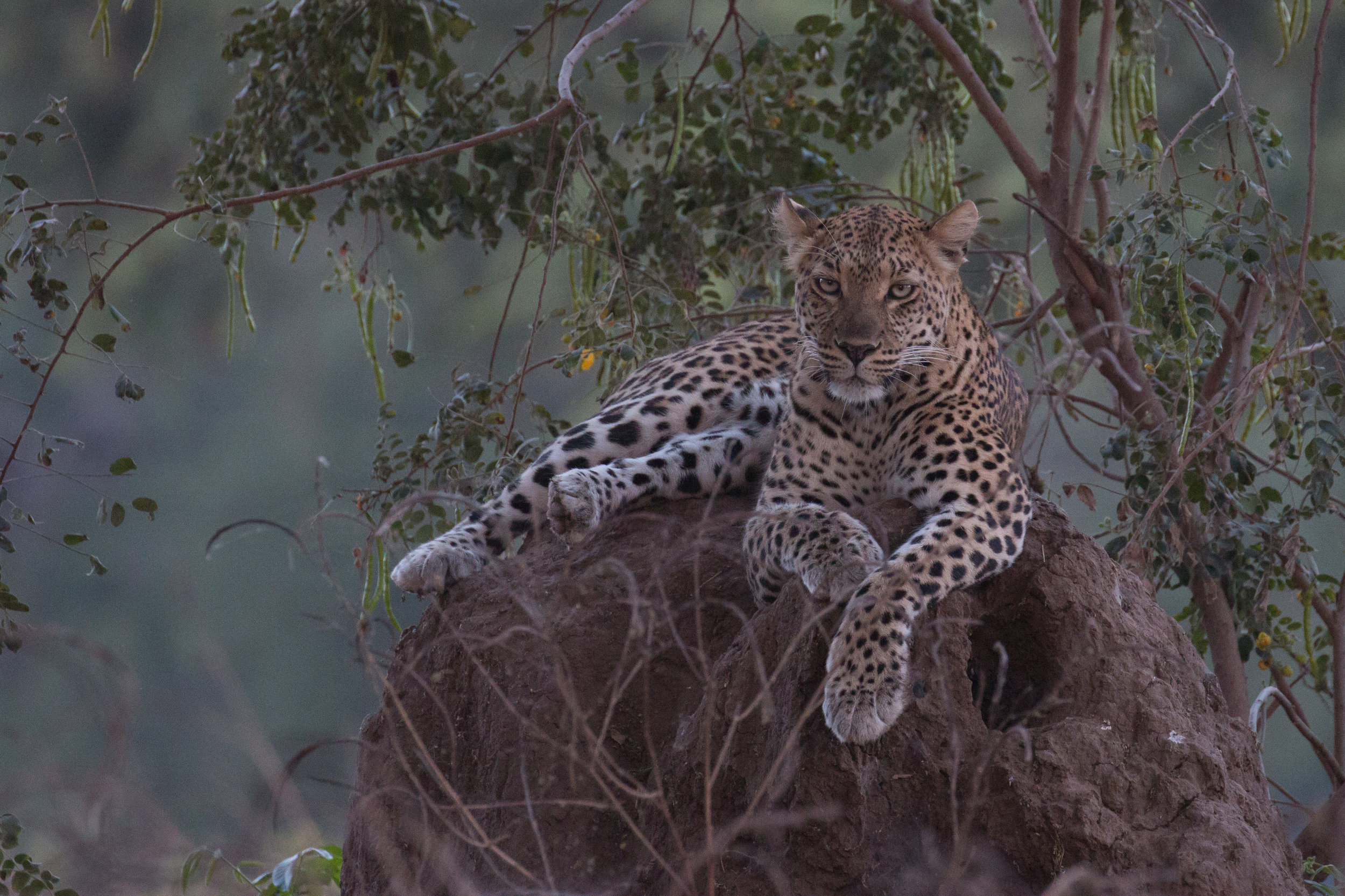
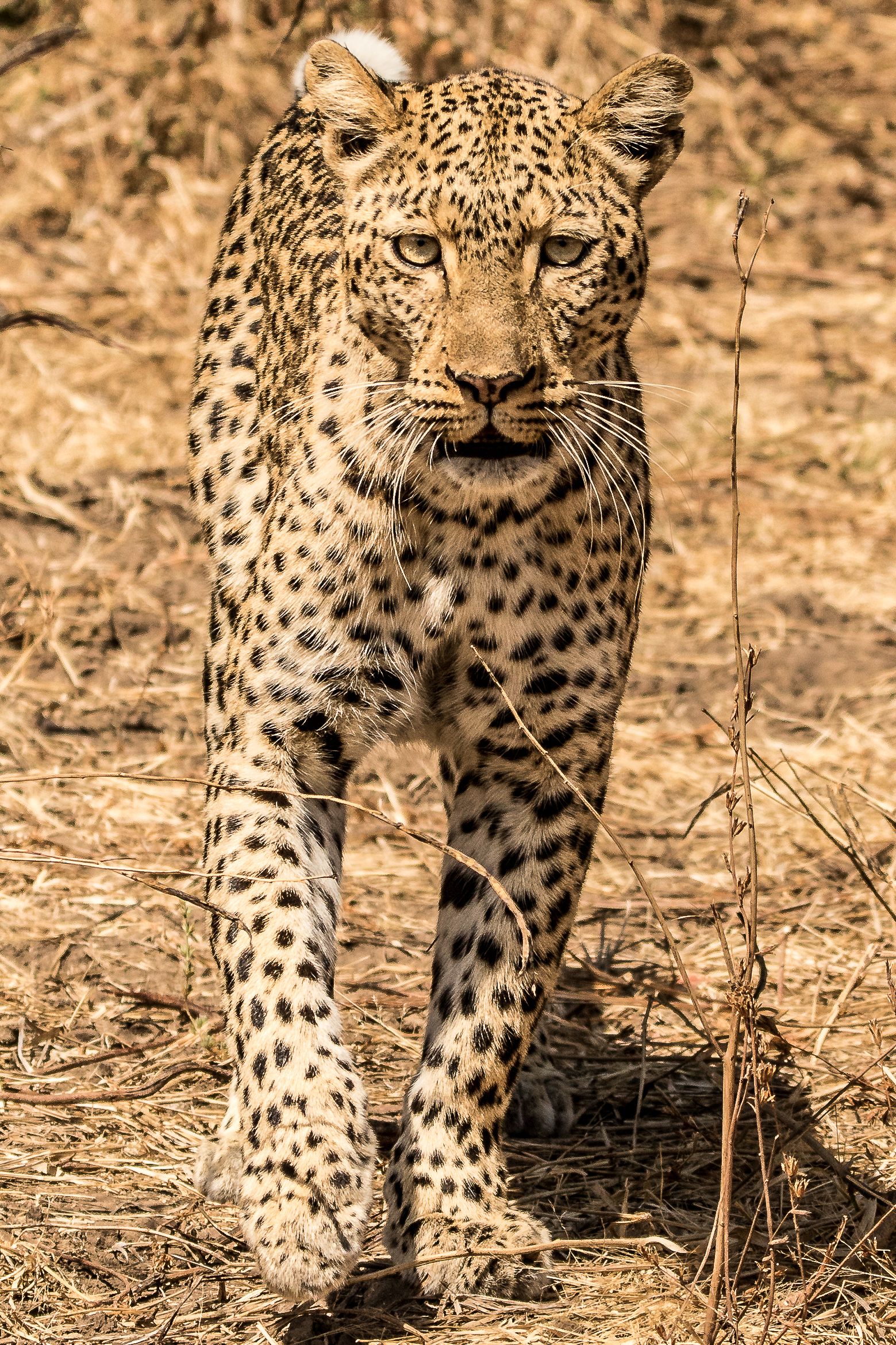
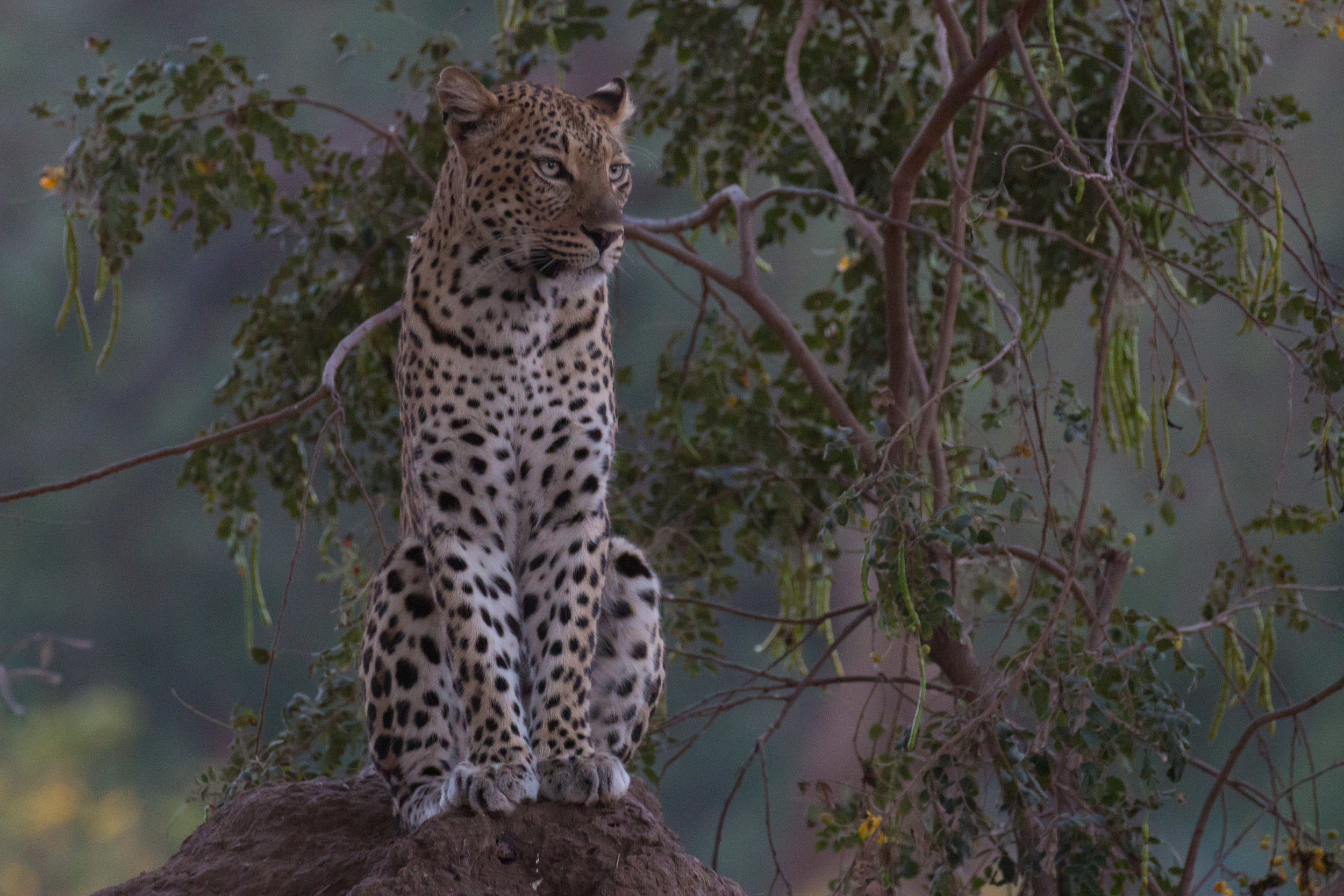
In addition to the wildlife-rich plains, the Lower Zambezi is also famous for its waterways and water-based activities. It is common to divide your outings between safari vehicles and safari boats – either small motorised vessels or canoes. In a motorboat puttering slowly along the meandering Zambezi, it is possible to see the wildlife from a whole new perspective – watching as elephant families come to the water to drink and bathe, crocodiles skulk in the muddy shallows, and hippos stare balefully as you pass, all accompanied by a proliferation of waterbirds and insects.
Somehow from a motorboat this seems safe and serene, despite the noise and vibration from the engine. In a canoe – not so much. Although this is meant to be the epitome of safari adventures in the Lower Zambezi, a peaceful, tranquil, calming way to be “at one” with the park and its inhabitants, we found it incredibly hard to relax! The hippos are not afraid of the canoes, and don’t keep their distance like they do with a motorboat. They stomp in the water, snorting and snuffing, before menacingly ducking below the surface, to emerge just metres from our canoes. Unstable in a kayak at the best of times, the hippos add an exponential degree of difficulty. Capsizing seems imminent... and the crocs are huge! Way bigger than the canoes, their reptilian eyes follow us, perhaps pondering if we are worth the effort – I’m sure we don’t seem tasty enough to bite through the fibreglass, but if we were out of the boat and floating free...
Fortunately our guides are reassuring and in control of our canoes, even if we are not. We manage not to drop our camera equipment overboard, or capsize or even get very wet. Eventually in the wider waterways the crocodiles and hippos seem at a safer distance (although they still had a propenisty for swimming straight underneath us) and it was possible to relax a little and enjoy the ride. But for wildlife and photography enthusiasts like us, it was definitely the land-based activities that had us the most excited in the Lower Zambezi.
We spent four days in the Lower Zambezi and each of our safaris was an unqualified success. Would we recommend the Lower Zambezi if you are travelling to Zambia - absolutely! It is not to be missed...





